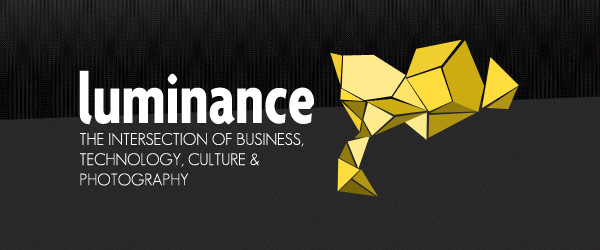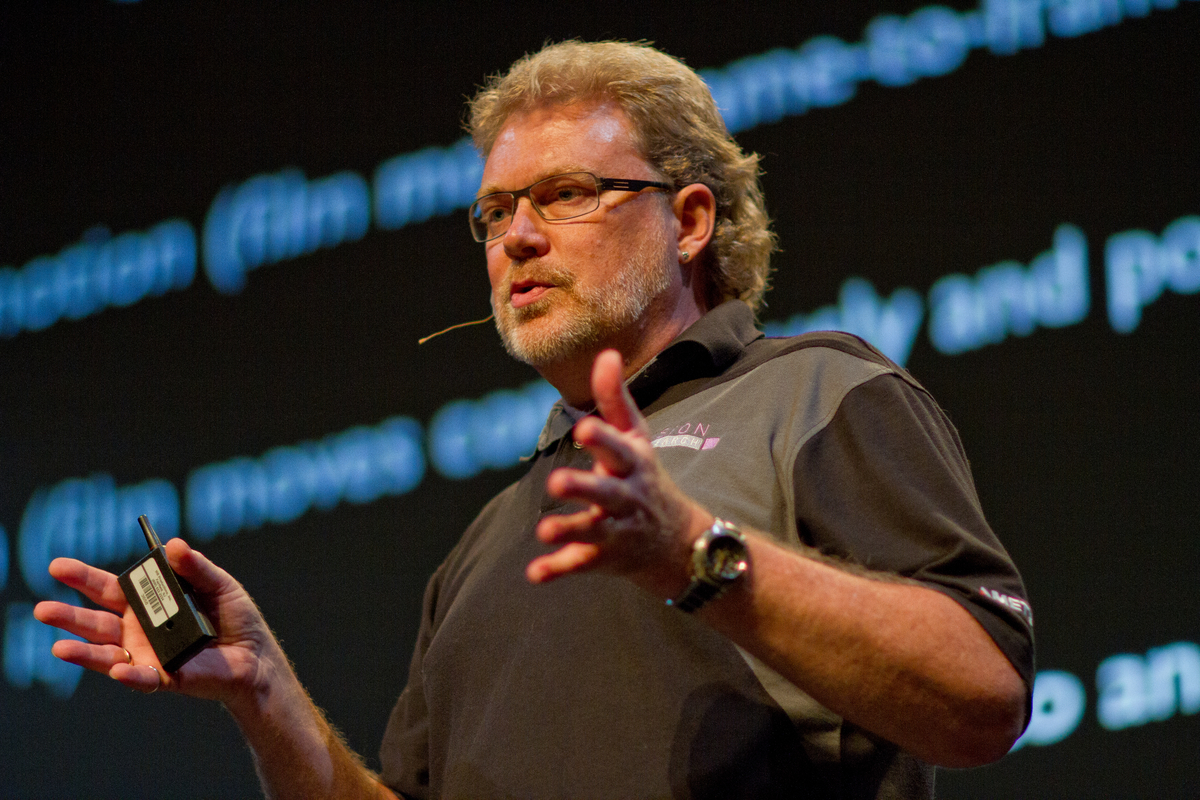
Rick Robinson, division vice president of marketing for Vision Research opened the last session of the conference with a stunning video by Variable shot using high speed imagery.
He said there is an “undeniable appeal of high speed imagery.” The high-speed cameras that Vision Research makes can shoot up to 1.4 million frames per second. Earlier this year they released a small 2500 fps camera for about $40,000. Up until that time their cameras cost a minimum of $125,000.
High speed photography is often used in science and engineering, functioning like a “time microscope.” But high speed photography has an important place in photography as an art as well.
He pointed out the emotional response that people have to images played back in slow motion. “When you see it in slow motion you see it again for the very first time,” he said. Check out some other stunning videos that use high speed photography in this gallery.

Taylor Jones, founder and author of Dear Photograph, was the last–and also the youngest–speaker at the conference. Jones is a 23-year-old Canadian who found his recent success, as many people do, by chance.
Last year he took a picture of an old photo of his brother, then three-years-old, sitting at the kitchen table, with the original photo placed directly over the spot that it had originally been taken. He thought the concept was interesting and did the same thing with some other old photos. He posted them on tumblr and was surprised at the response he received.

It’s crazy how much emotion has come out of it, he says. Although it was unintended the project “turned into a roller coaster of emotion.” He receives five to ten submissions every day in his inbox. “Some give me goose bumps and some make me want to hug my parents or my grandparents,” he says.
He attributes the strong emotional reaction to the captions that people add to their submissions. To illustrate his point he showed the audience a series of submissions with and without the captions. See some for yourself at dearphotograph.com/.
This is the last session of PhotoShelter’s first Luminance conference. See highlights and photos from each session of the conference on our blog. Also, follow #Luminance for updates on the release of the speakers’ videos.

